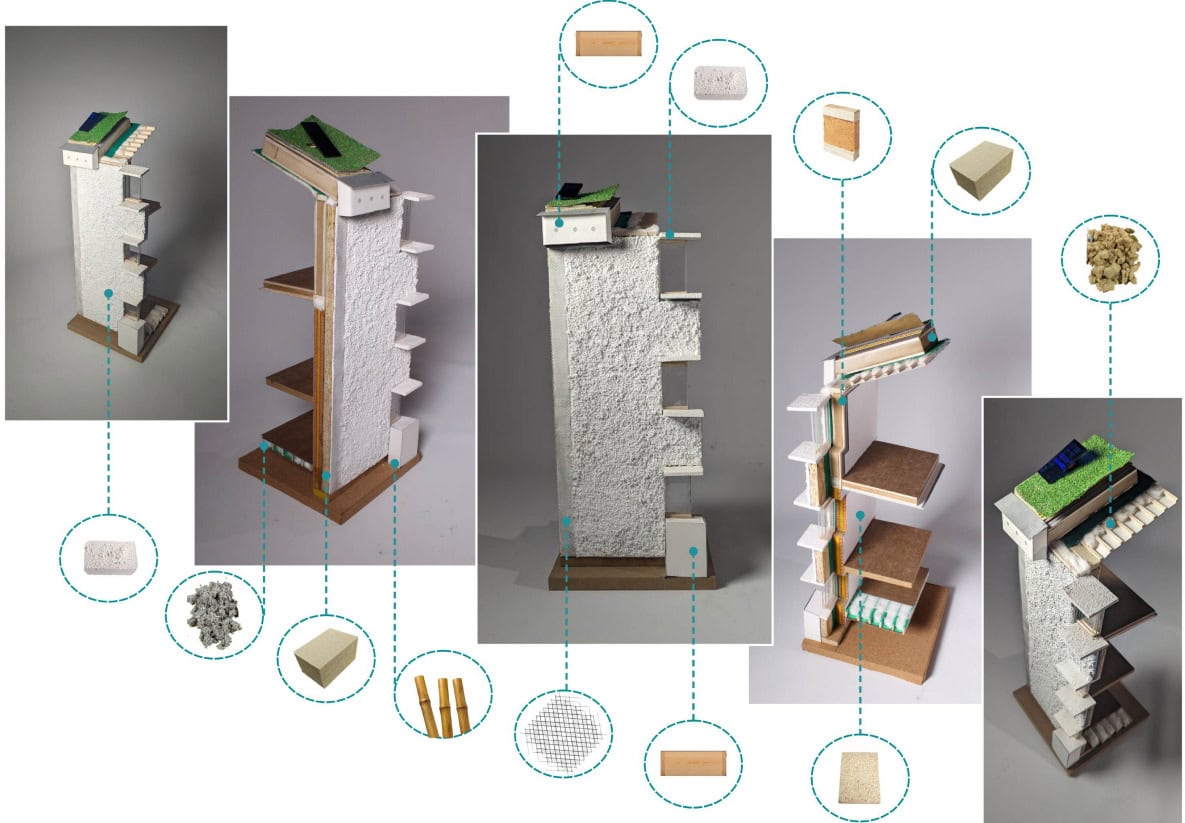The Reclaimed Mahal: Weaving Indian Culture into London’s Urban Fabric
Reviving a Lost Passage with Rich Heritage and Contemporary Design
Beneath the once-glorious vaults of the Crystal Palace Subway in South London, a forgotten Victorian relic is poised to find new life—thanks to a bold vision from Avleen Hunjan, a recent BA Interior Architecture graduate from the University of Westminster. Hunjan’s final design thesis, “The Reclaimed Mahal,” reimagines this derelict underground space as a vibrant Indian cultural centre. Drawing deeply from her heritage and design acumen, Avleen’s project bridges the tangible and intangible threads of Indian culture with the local community, unravelling prejudices and crafting a new narrative for an old structure.
Celebrating Design Heritage from Westminster to India
With a reputation for academic distinction and an unwavering passion for design, Avleen Hunjan’s journey through the halls of Westminster has been marked by curiosity and cross-cultural exploration. Her approach to interior architecture is grounded in the celebration of cultural roots and the power of design to create connections across time and place. This ethos is writ large in The Reclaimed Mahal—a project that’s as much about transforming physical spaces as it is about sparking dialogues and building community.
The Reclaimed Mahal: Interweaving Stories Old and New
Occupying the cavernous, tile-clad passageways of the vintage Crystal Palace Subway, The Reclaimed Mahal is neither museum nor mere exhibition. Instead, it’s a living, breathing intersection of tradition and modernity. The gently arched brickwork and historic ironwork of the original subway blend seamlessly with new interventions, manifesting a sense of continuity rather than contrast.
Central to the project is the idea of “reclaiming”—not just space, but also history. Much like the Crystal Palace itself once stood as a centerpiece of Victorian innovation and spectacle, Hunjan’s proposal seeks to spotlight the enduring relevance of Indian arts and culture within London’s multicultural landscape. The project challenges reductionist views of Indian identity—shifting the focus from stereotypes to a nuanced, hands-on appreciation of craftsmanship, culinary artistry, and creative expression.
Three Key Spaces: Mandi, Khaana, and Kala
The heart of Hunjan’s centre beats through its three distinct yet interconnected spaces:
The Artisan’s Mandi
Inspired by India’s bustling open-air markets, the Mandi is conceived as a showcase for craft and commerce. Artisans, both local and diaspora, can display textiles, ceramics, jewelry, and more, fostering genuine dialogue between maker and visitor. Textile-inspired separators—echoing the vivid chaos of an Indian bazaar—guide visitors through the space, while contemporary materials like glass and steel hint at the possibilities of cultural exchange and evolution.
Khaana Hub
Khaana—the Hindi word for “food”—lies at the heart of Indian hospitality and is reimagined here as a café with an open kitchen. The aroma of spices mingles with the hum of conversation in a space that invites visitors to share a meal while breaking down barriers, both literal and figurative. Meals become stories, and the humble act of dining turns into a celebration of heritage, generosity, and unity.
Kala Studio
Art, or “Kala,” transcends language, and the studio at The Reclaimed Mahal is dedicated to workshops and collaborative projects. Here, young creatives and seasoned artisans meet for hands-on sessions in block-printing, textile weaving, and more. Glass partitions etched with traditional Indian motifs create a sense of openness, allowing passersby to witness the process and perhaps be inspired to join in.
Design as Cultural Mediation
The spatial language of The Reclaimed Mahal is deliberate—drawing from traditional Indian forms while remaining resolutely contemporary. Hunjan’s use of perforated panels and layered textiles reveals and conceals, echoing the tension between public display and private reflection that characterizes so much of South Asian architecture. The play of natural light, filtered through colored glass in subtle homage to stained glass and jali screens alike, animates the otherwise subdued subway.
Modern materials—steel mesh, translucent acrylics, and polished concrete—interact with reclaimed timber and handwoven fabrics sourced from Indian artisans. The resulting palette is neither pastiche nor parody, but a bold statement that tradition and innovation need not be at odds. Accessibility, sustainability, and flexibility are seamlessly integrated, ensuring the centre’s adaptability for exhibitions, performances, and community-led events.
Community, Dialogue, and the Power of Place
At its core, The Reclaimed Mahal reasserts the essential value of underused spaces in catalyzing social exchange. By inviting the local population to engage with India’s creative forms—not as outsiders looking in but as participants—the project reframes suburban urbanism as an ongoing act of cultural negotiation. Hunjan’s design honours the subway’s Victorian skeleton while letting its Indian heart beat anew, proving that architecture’s most resonant stories are those that are shared, reclaimed, and retold.
Connect with Avleen Hunjan
Whether you’re a fellow designer, an artist intrigued by cross-cultural work, or simply passionate about innovative urban reuse, Avleen Hunjan is eager to engage, collaborate, and continue the conversation.
– LinkedIn: Connect with Avleen Hunjan
– Instagram: Follow @avleenhunjan
– Email: avleenhunjan@gmail.com
Through The Reclaimed Mahal, Avleen Hunjan shows us that forgotten spaces can become fertile ground for new stories—woven with threads of heritage, community, and design.












Add a comment